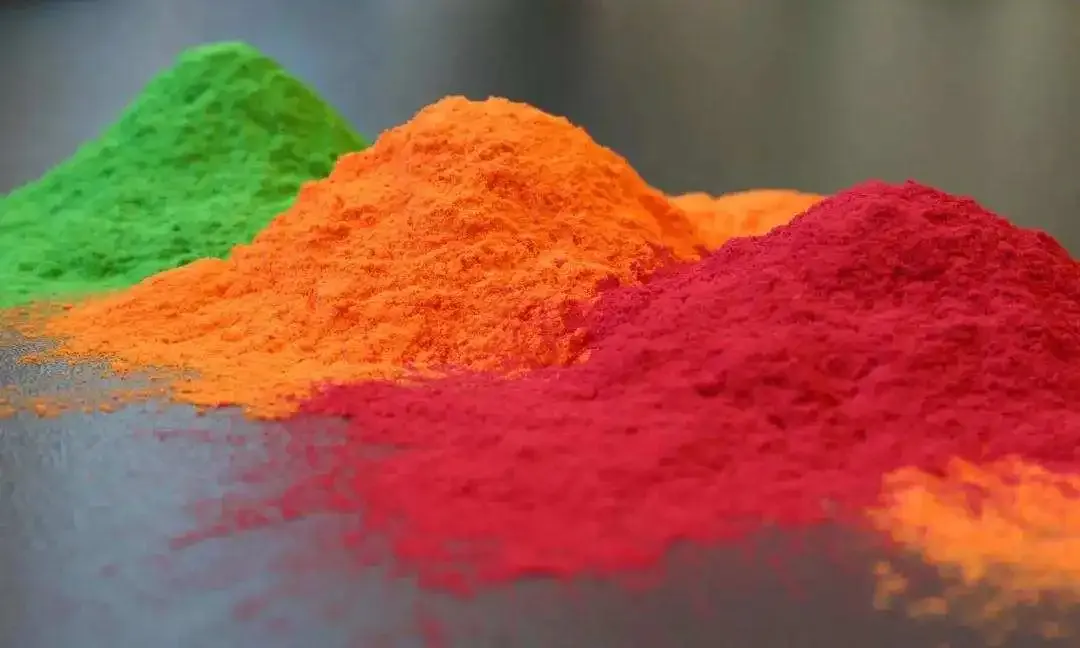is synthetic mica eco friendly
Is Synthetic Mica Eco-Friendly?
In recent years, the beauty and cosmetics industry has undergone significant changes, driven by a growing awareness of environmental and ethical considerations. One of the materials that has gained attention is mica, a mineral widely used for its shimmering and reflective properties in cosmetics, paints, and various industrial applications. However, the natural mica mining process is often associated with devastating environmental harms and humanitarian issues. As a result, synthetic mica has emerged as a potential alternative. But the question remains Is synthetic mica eco-friendly?
Is Synthetic Mica Eco-Friendly?
Synthetic mica, manufactured from materials like silica, alumina, and other non-toxic components, offers a way to bypass many of the issues associated with natural mica. The production process does not involve traditional mining methods, thereby reducing the risk of environmental degradation and human rights abuses. Companies that produce synthetic mica claim that it can provide the same shimmering effects as its natural counterpart without the destructive side effects.
is synthetic mica eco friendly

However, the eco-friendliness of synthetic mica is not without its own challenges. The production of synthetic mica requires energy and resources, and depending on the methods used, it may involve the release of emissions or other pollutants. While the direct environmental impact may be less severe than that of natural mining, each production facility comes with its own carbon footprint and potential for environmental harm.
Moreover, there is a concern about the entire life cycle of synthetic mica products. For instance, while the raw materials used in synthetic mica are often sourced in a more sustainable manner, the environmental impact of those raw materials must also be accounted for. Comprehensive assessments that take into consideration sourcing, manufacturing, packaging, and disposal are essential to determine the true environmental impact of synthetic mica compared to natural mica.
Another important factor to consider is consumer perception and education. Many consumers are still unaware of the differences between synthetic and natural mica. Some might opt for products labeled as “mica-free” or those that contain synthetic mica, believing they are making eco-friendly choices; however, without proper knowledge and disclosure from companies, consumers might find it difficult to navigate these options effectively.
In conclusion, while synthetic mica offers an attractive alternative to natural mica, it must be regarded with a critical eye. The potential to reduce environmental degradation and improve ethical standards in mica sourcing is promising, yet we must remain vigilant about the production processes and their ecological impacts. Transparency from manufacturers, informed consumer choices, and comprehensive sustainability assessments are crucial for determining the true eco-friendliness of synthetic mica. As the demand for greener, more ethical products continues to grow, the beauty industry has an opportunity to innovate responsibly—not just by replacing one material with another, but by adopting holistic practices aimed at preserving our planet and protecting human rights. Only then can we hope to achieve a more sustainable future that benefits all.
-
Transforming Surfaces with Mica-Enhanced Paints in Coatings and DecorationNewsJul.02,2025
-
The Ultimate Guide to Mica-Based Luminous Colors with Pearlescent PigmentNewsJul.02,2025
-
The Critical Role of Mica in Industrial Applications in Welding and Oil FieldsNewsJul.02,2025
-
Revolutionizing Automotive Aesthetics with Modified Plastics Pearlescent PigmentsNewsJul.02,2025
-
The Secret with Mica Powder for Cosmetics Behind Radiant, Natural MakeupNewsJul.02,2025
-
Enhancing Performance in Polymer Applications with Mica Powder for RubberNewsJul.02,2025
Products categories









